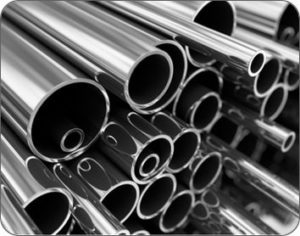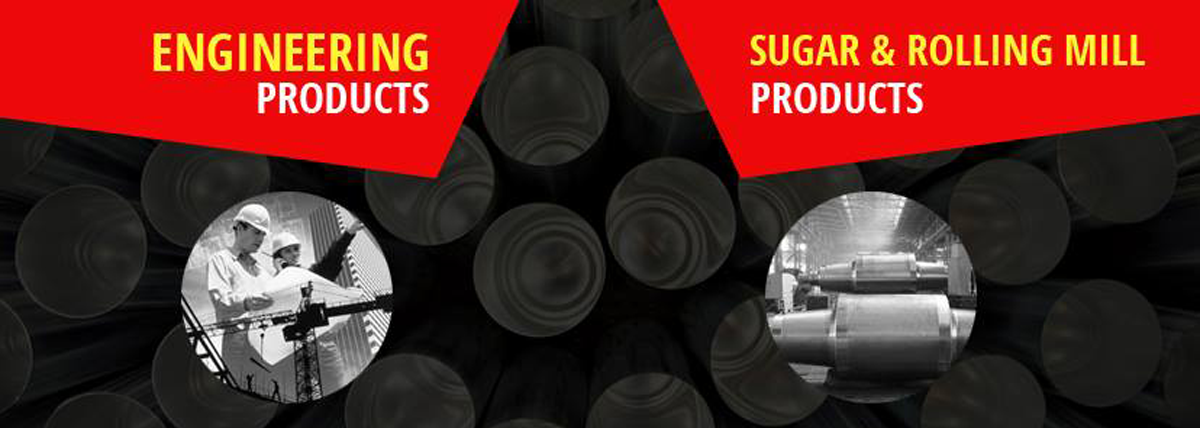
Stainless steel products form important components in a number of industrial and commercial applications. Various individuals comprising the stainless steel seamless pipes suppliers, stainless steel plates suppliers, alloy steel round bars suppliers, v belts suppliers become important players in the steel and metal markets. The following article discusses the difference between stainless steel seamless pipes and ERW (Electric Resistance Welding) stainless steel pipes.
Raw Material Component
A solid circular steel ‘billet’ forms the raw material for a seamless steel pipe while HR Coils are needed in the manufacture of ERW steel pipes. The billet is heated and the seamless pipe is formed through the process of extrusion. Indigenous as well as imported suppliers are resorted for sourcing the billets. Imported sources include mills from Canada, Far East, Europe and China in addition to the several renowned indigenous sources.
Manufacturing Process
Seamless pipes are manufactured through the extrusion process wherein the desired length of the metal is obtained by extruding it accordingly. Therefore these pipes do not contain any joint in their cross section lengthwise. These are available in sizes up to 26 inch OD.
The manufacturing process for ERW pipe on the other hand involves rolling and welding of metal in a longitudinal fashion across the length. The cross section of these pipes comprise of a welded joint. It comes in varied sizes ranging from 2 3/8 inch to 24 inch OD to large lengths exceeding 100 feet.
No welding is involved in seamless pipes and they are produced from solid circular billets. Welding is present across the length of ERW pipes and these are produced from coil or strip.
Application
Stainless steel seamless pipes are suitable for high-pressure applications such as gas and oil exploration and drilling, hydrocarbon industries and refineries, gas and oil transportation, air and hydraulic cylinders, boilers and more. ERW stainless steel pipes on the other hand are used largely for medium/low pressure applications like transportation of oil or water.
Technologies Involved in Manufacture
‘CPE’ technology is used for manufacture of seamless tubes and pipes up to 7 inches OD while ‘plug mill’ technology is adopted for higher diameter. As for ERW pipes, high frequency induction welding technology is adopted up to 21 inches OD.
Mode of Identification
You can identify a seamless pipe from an ERW by reading the stencil on the pipe’s side. In ‘ASTM A53’, type S indicates seamless, type F will mean furnace but welded while type E means electrical resist welded. This becomes a very easy mode for identification between the two varieties of pipes.
Summarizing
Many a times people feel that ERW pipes have an inbuilt flaw due to their being welded throughout the pipe’s length and seamless pipes have none. Buyers with less experience can be fooled with this outdated marketing gimmick. Each of the variety has its own benefits and problems and hence it is necessary for consumers to be aware of the problems and what effect will they have on the application.
It is essential for them to buy based on informed decisions which can be made only after knowing all facts.

